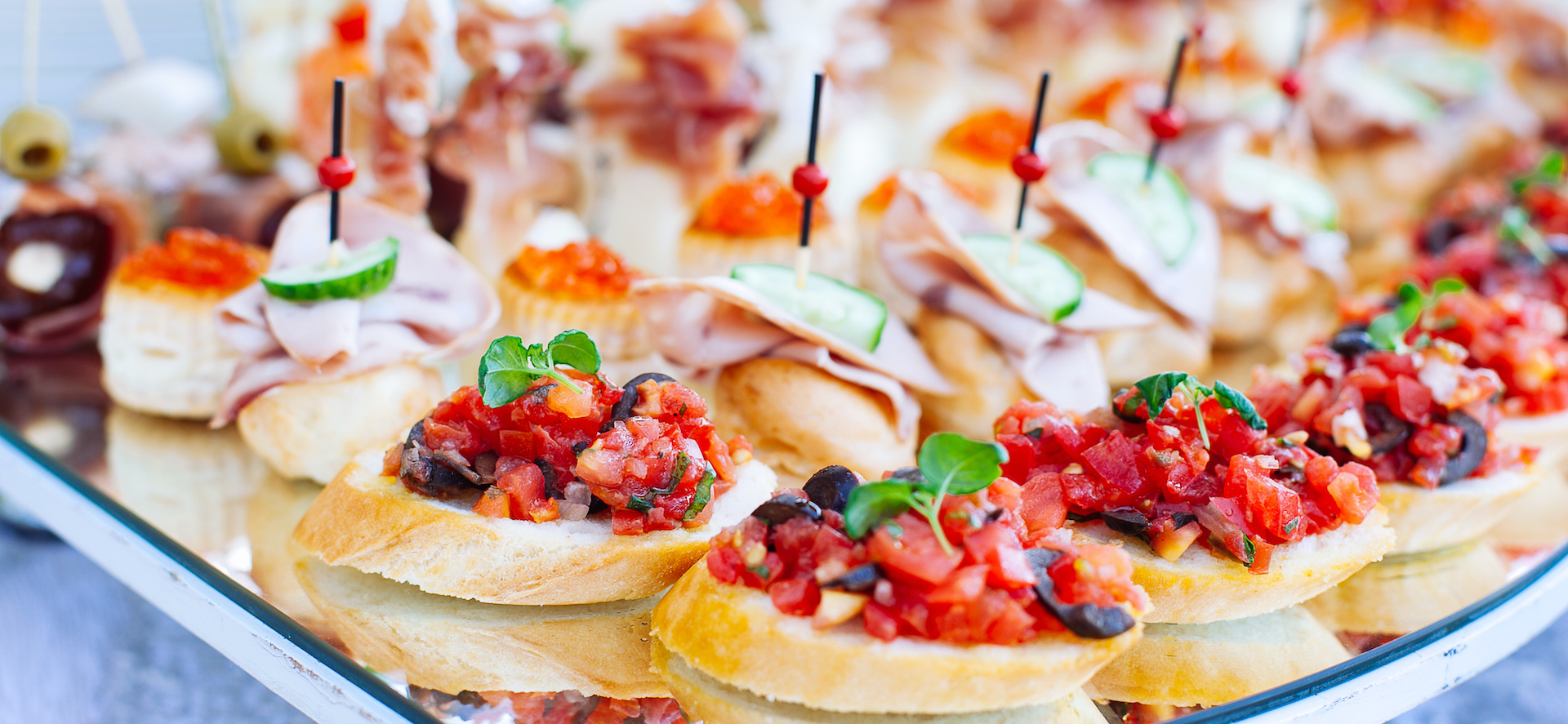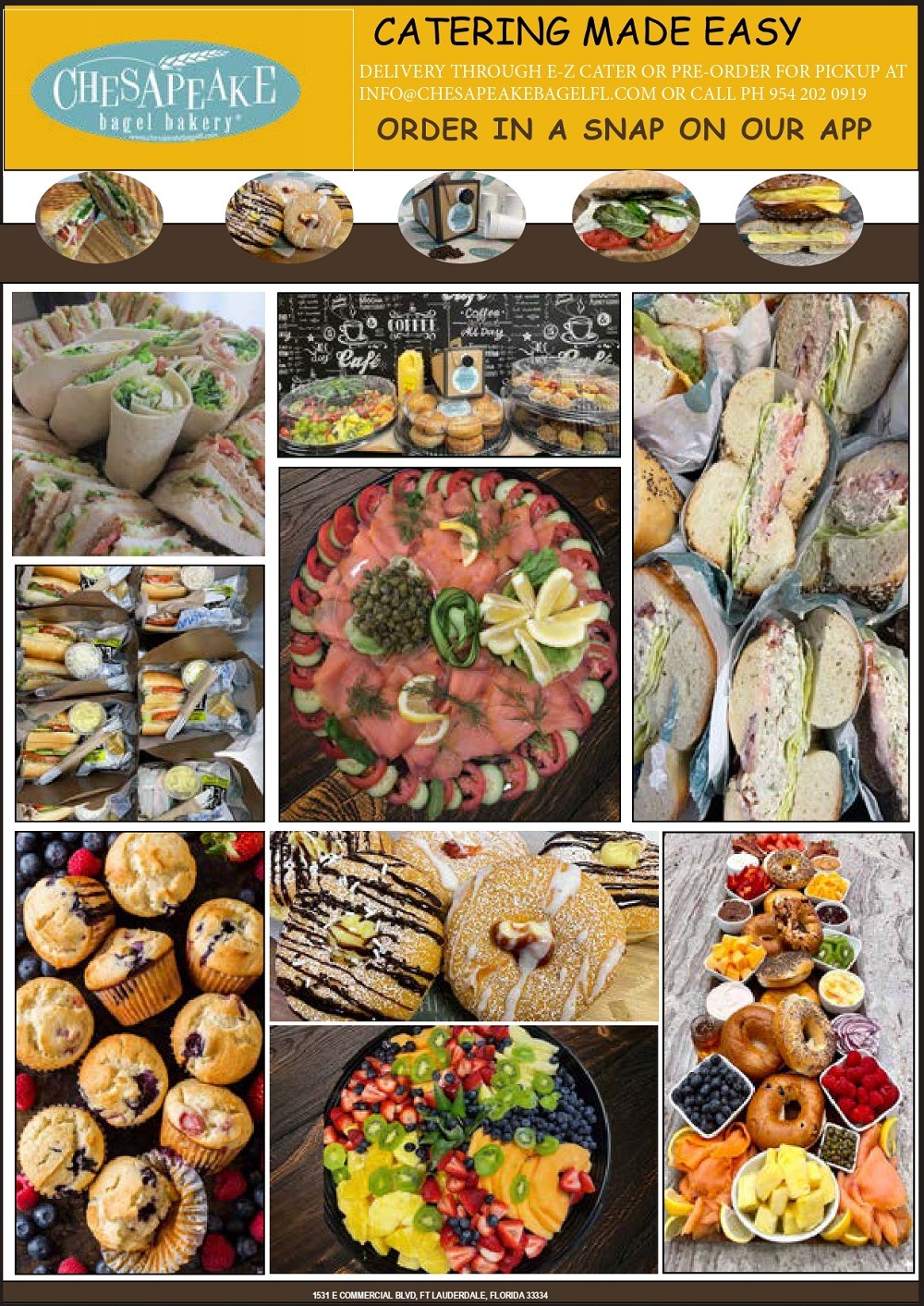Bakeshop Catering Maddington: Perfect for Weddings and Occasions
Bakeshop Catering Maddington: Perfect for Weddings and Occasions
Blog Article
Comprehending the Art of Bakeshop Products: From Newly Baked Breads to Irresistible Pastries and Finger Foods
The elaborate art of bakeshop products encompasses a range of methods and components that transform standard elements into culinary delights. From the science behind the perfect loaf of bread, where fermentation and gluten growth play essential duties, to the skill needed for developing split pastries, each facet reveals a compelling narrative of workmanship. The adaptability of finger foods illustrates exactly how flavor and texture can be skillfully integrated to involve diverse taste preferences. As we explore these components, one might question: what underlying concepts control the success of these cherished creations?
The Science of Bread Making
At the heart of every loaf of bread lies a remarkable interplay of chemistry and biology. The process of bread making begins with the combination of flour, yeast, salt, and water-- each component playing an important function in the final item. Flour has proteins, primarily glutenin and gliadin, which, when blended with water, kind gluten (Birthday Catering Maddington). This elastic network is essential for capturing gases produced throughout fermentation.
Yeast, a living microorganism, ferments the sugars existing in the flour, generating carbon dioxide and alcohol in the procedure. The carbon dioxide gas creates bubbles in the dough, causing it to climb and develop a light structure. The temperature level and moisture during fermentation significantly affect yeast activity and, subsequently, the bread's flavor and texture.

Mastering Bread Methods
Just how can one achieve the delicate equilibrium of appearance and flavor that specifies extraordinary pastry? Understanding pastry methods requires a deep understanding of ingredients, techniques, and the scientific research behind them. Fundamental to this craft is the option of top notch active ingredients-- flour, butter, sugar, and eggs-- each playing an essential role in the end product's flavor and structure.
The technique of lamination, which includes folding layers of dough and butter, produces the desired flakiness in pastries like croissants and puff pastry. Precision in temperature level is essential, as butter should remain cool to guarantee optimal layers. Likewise, proper blending techniques, such as the creaming technique for cakes, guarantee even incorporation of air and fat, resulting in a light and airy crumb.
Additionally, preserving the right humidity degrees throughout cooking can significantly impact the result, guaranteeing that pastries increase properly and achieve that golden-brown coating. The art of pastry likewise requires persistence and practice; each effort enhances one's skill and understanding of the intricate equilibrium needed to produce irresistible breads that thrill the detects. Mastery in these strategies eventually identifies a knowledgeable bread chef from an amateur.
Kinds Of Finger Foods
The world of culinary delights prolongs past breads to encompass a broad selection of finger foods, which are commemorated for their convenience and flexibility. These bite-sized treats are best for celebrations, using an array of flavors and textures that deal with diverse tastes.

On the sweeter side, bite-sized cupcakes and small tarts supply a wonderful coating to any meal, interesting those with a sweet tooth. Cheese and charcuterie boards serve as an advanced choice, allowing guests to personalize their attacks with an array of meats, cheeses, nuts, and fruits.
Taste Profiles in Baking
Cooking is a detailed dance of taste profiles that incorporates sweet, savory, and umami notes to produce a harmonious experience for the taste. Comprehending these accounts is necessary for bakers looking for to boost their creations.
Sweet taste usually functions as the foundation in baked goods, with sugars, fruits, and all-natural sweeteners boosting flavor deepness. Ingredients such as delicious chocolate and sugar introduce intricate sweet notes that can either control or enhance other flavors. Conversely, full-flavored elements, usually found i loved this in breads and pastries, supply balance and contrast. Components like spices, cheeses, and herbs can transform a simple dough into a diverse flavor experience.
Umami, often ignored in baking, plays a substantial function in improving flavors. Components such as aged cheeses, fermented items, or even specific nuts contribute this website to a tasty deepness that boosts general preference.
Furthermore, the interplay of level of acidity from active ingredients like buttermilk or citrus passion can brighten tastes, providing a rejuvenating counterpoint to sweet taste. By thoughtfully incorporating these taste profiles, bakers can craft products that resonate with diverse tastes buds, creating an unforgettable culinary experience. Ultimately, understanding taste profiles is crucial to technology in the globe of baking.
Important Cooking Tools and Components
Understanding taste accounts in baking sets the stage for selecting the right tools and active ingredients that facilitate the creation of phenomenal baked goods. The foundation of effective baking lies in having essential devices at your disposal. Key items include blending bowls, determining mugs, and spoons for accuracy, in addition to a tough stand mixer or hand mixer for uncomplicated mixing. A trusted collection of baking pans-- such as sheet frying pans, loaf frying pans, and cake frying pans-- is essential for achieving preferred forms and appearances.
Flour serves as the foundation of the majority of recipes; selecting the appropriate type-- be it bread, bread, or all-purpose flour-- can considerably impact the result. Cooking powder and cooking soft drink are important for creating lift in cakes and pastries.
In addition, including taste enhancers like vanilla extract, seasonings, and citrus zest can raise your developments. By making certain access to these fundamental tools and active ingredients, bakers can with confidence start their cooking trip, crafting a diverse range of fascinating baked goods.
Conclusion
Mastery in bread production, bread preparation, and finger food presentation reveals the elaborate partnerships in between components and processes. Birthday Catering Maddington. Discovering varied taste profiles enhances the baking experience, while essential devices and active ingredients supply the foundation for success.
Exactly how can one attain the fragile balance of texture and taste that specifies exceptional bread? check this Basic to this craft is the choice of high-quality components-- flour, butter, sugar, and eggs-- each playing an important duty in the final product's flavor and texture.

Understanding flavor accounts in cooking sets the stage for picking the right tools and active ingredients that help with the development of exceptional baked products. Exploring varied taste profiles improves the baking experience, while essential tools and active ingredients give the foundation for success.
Report this page